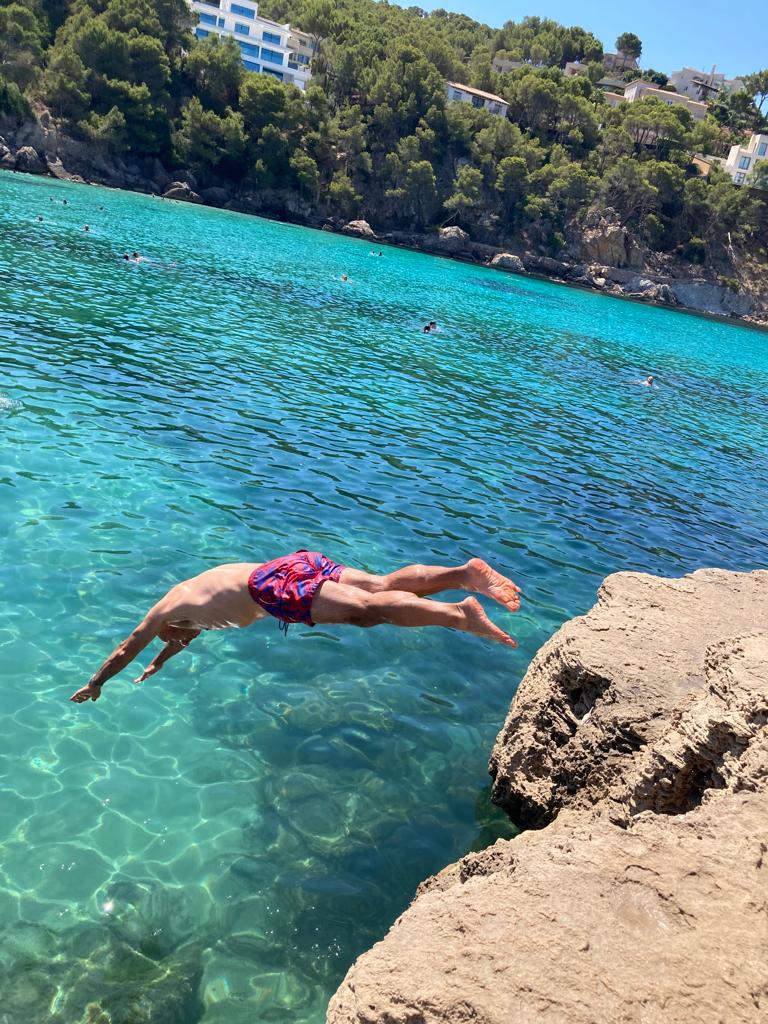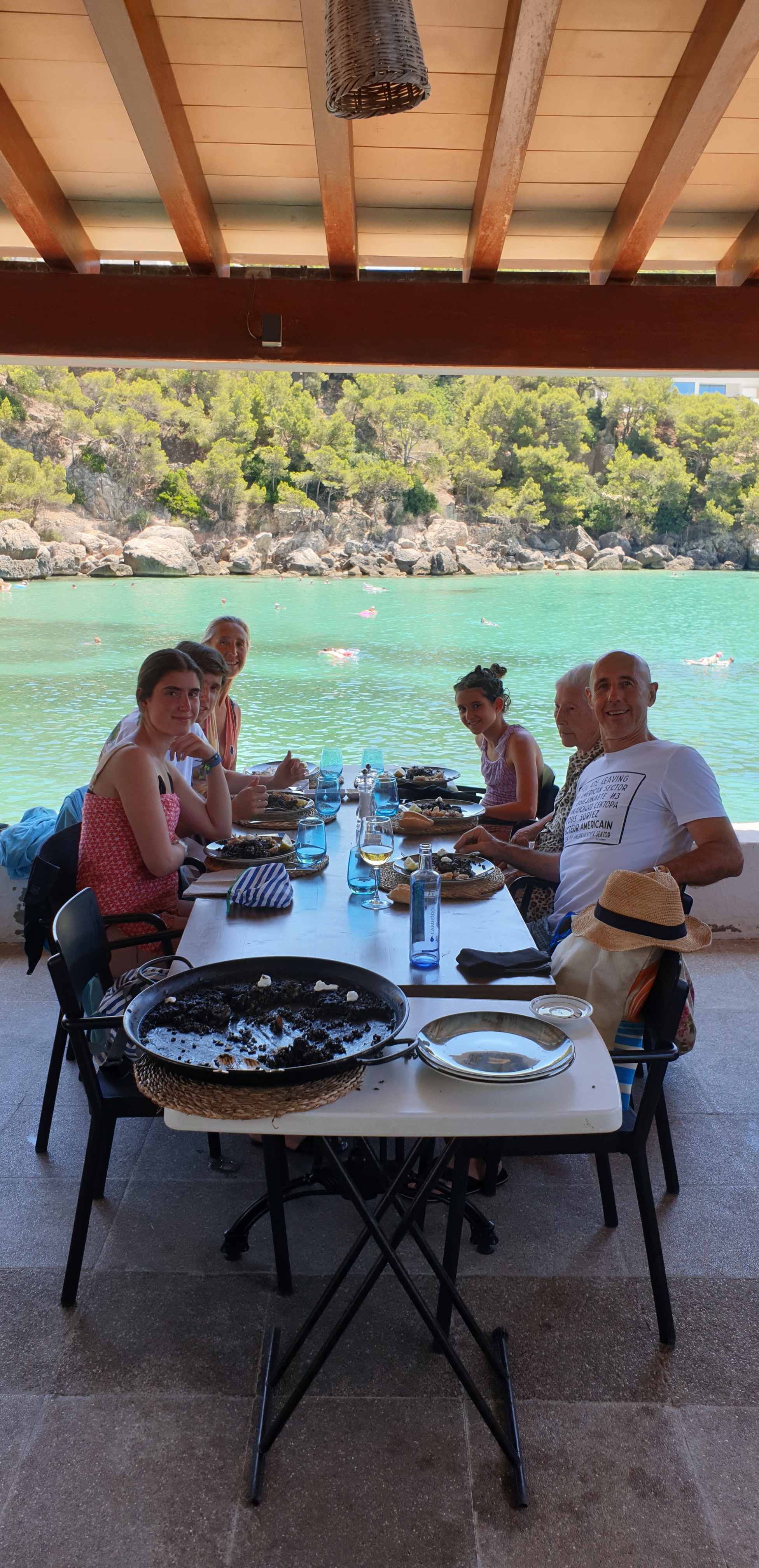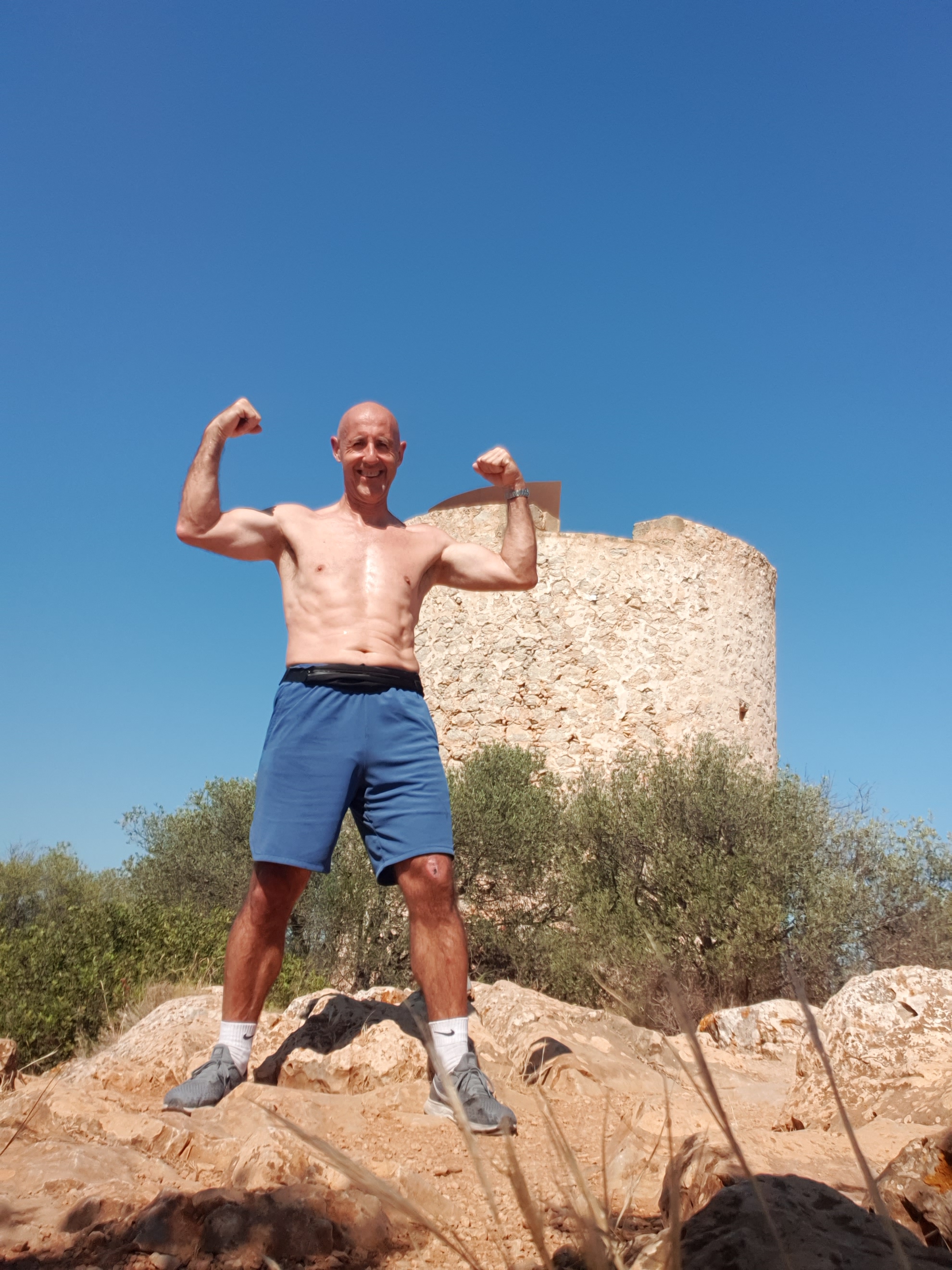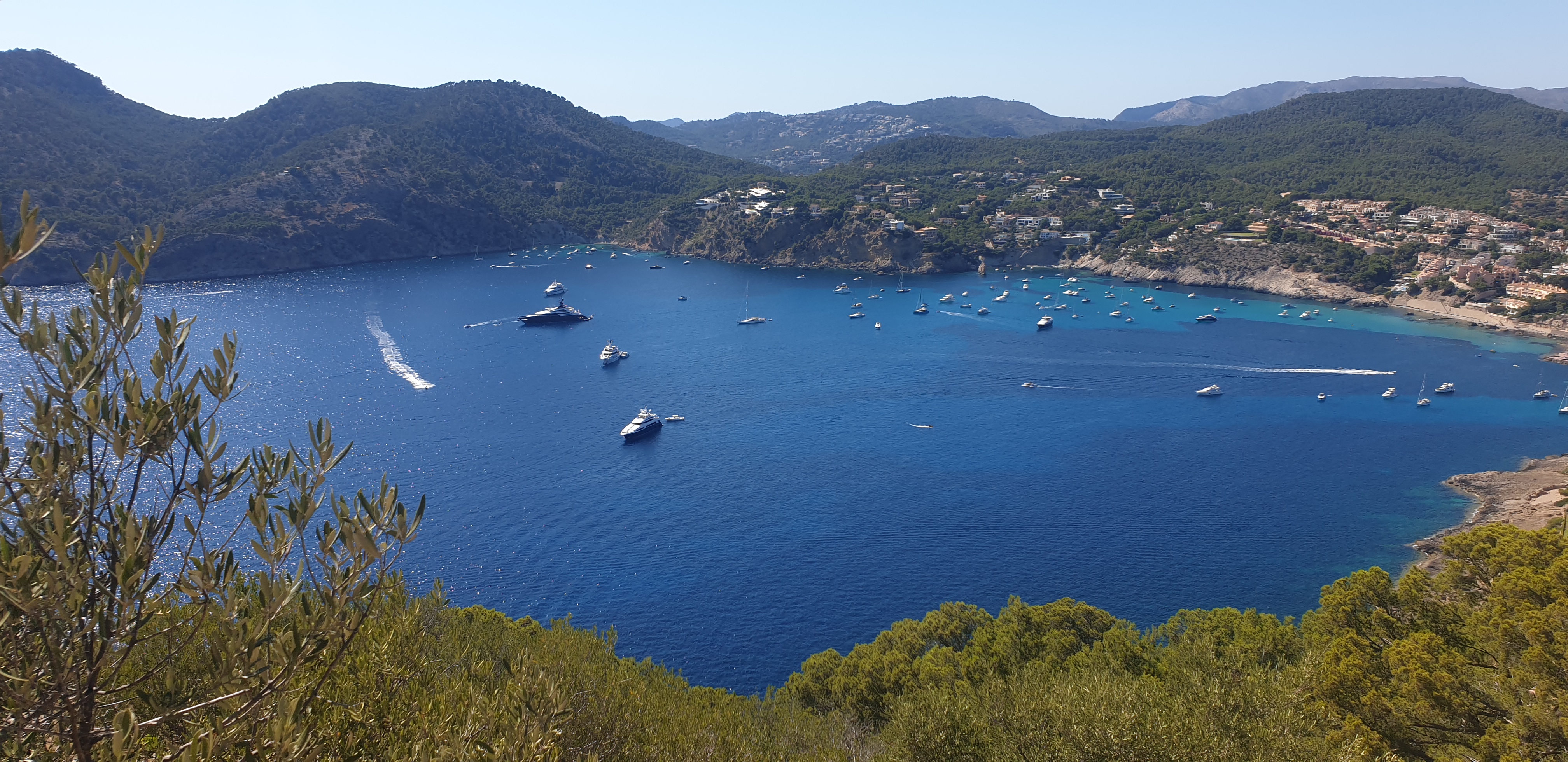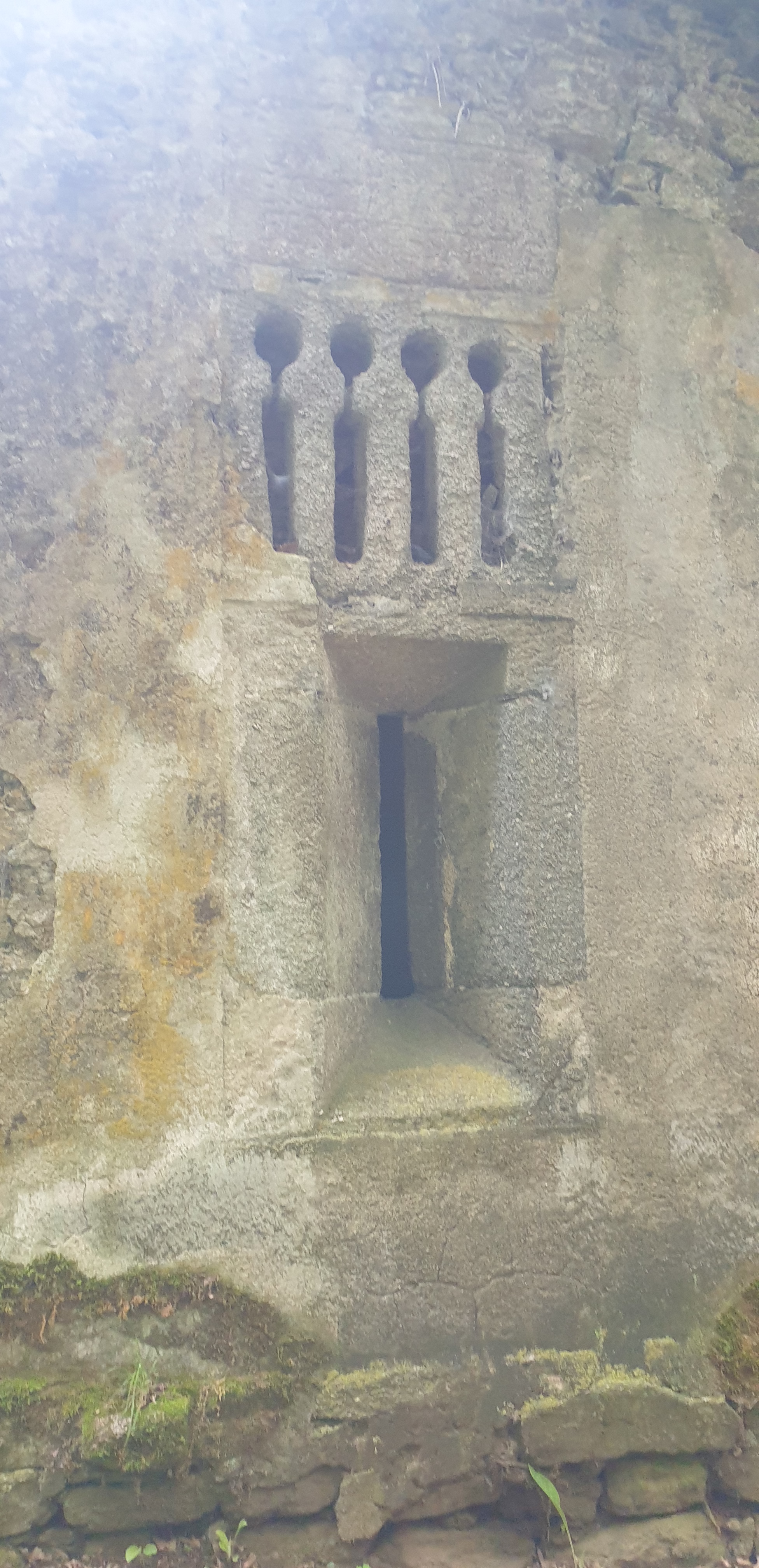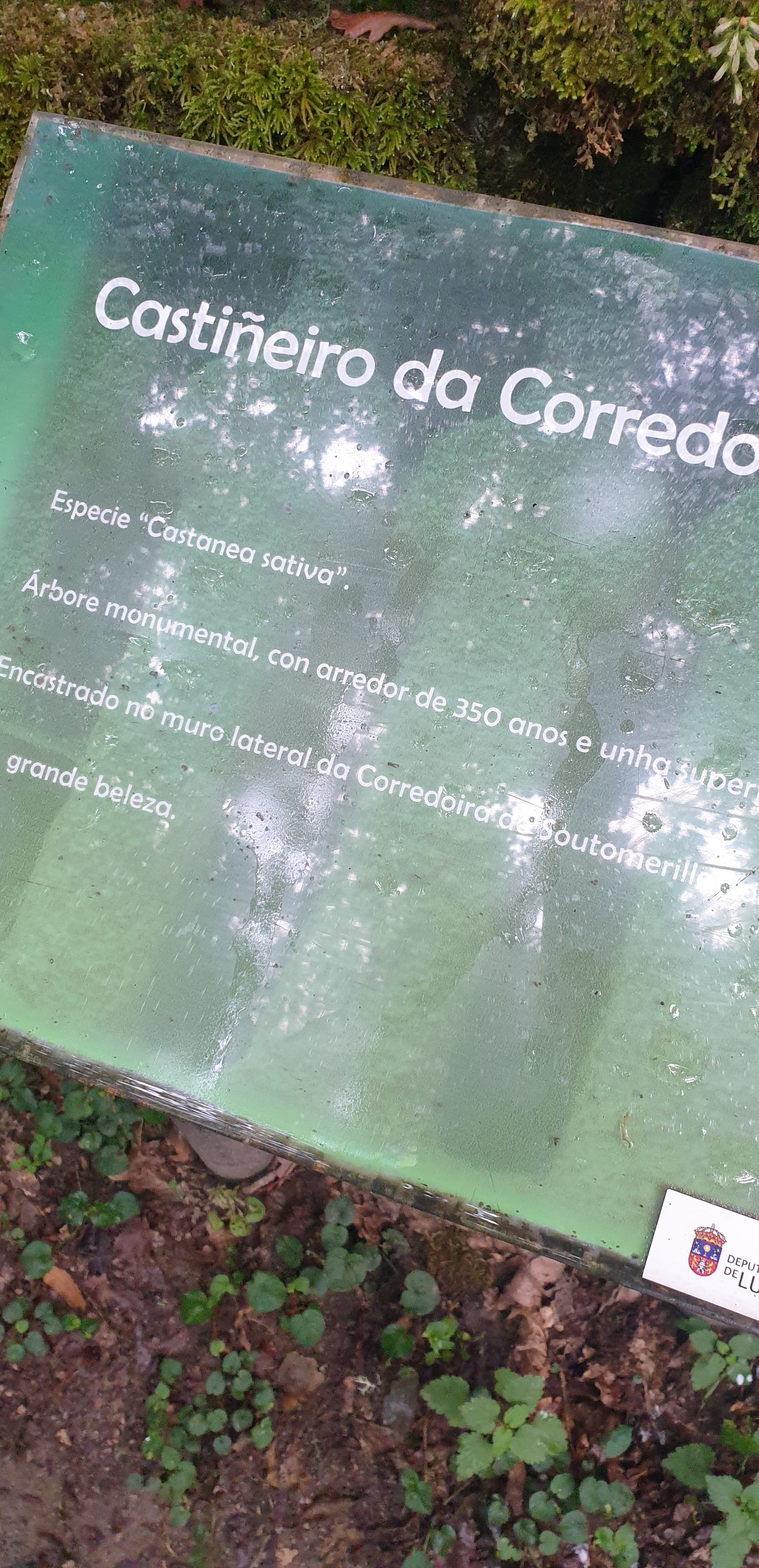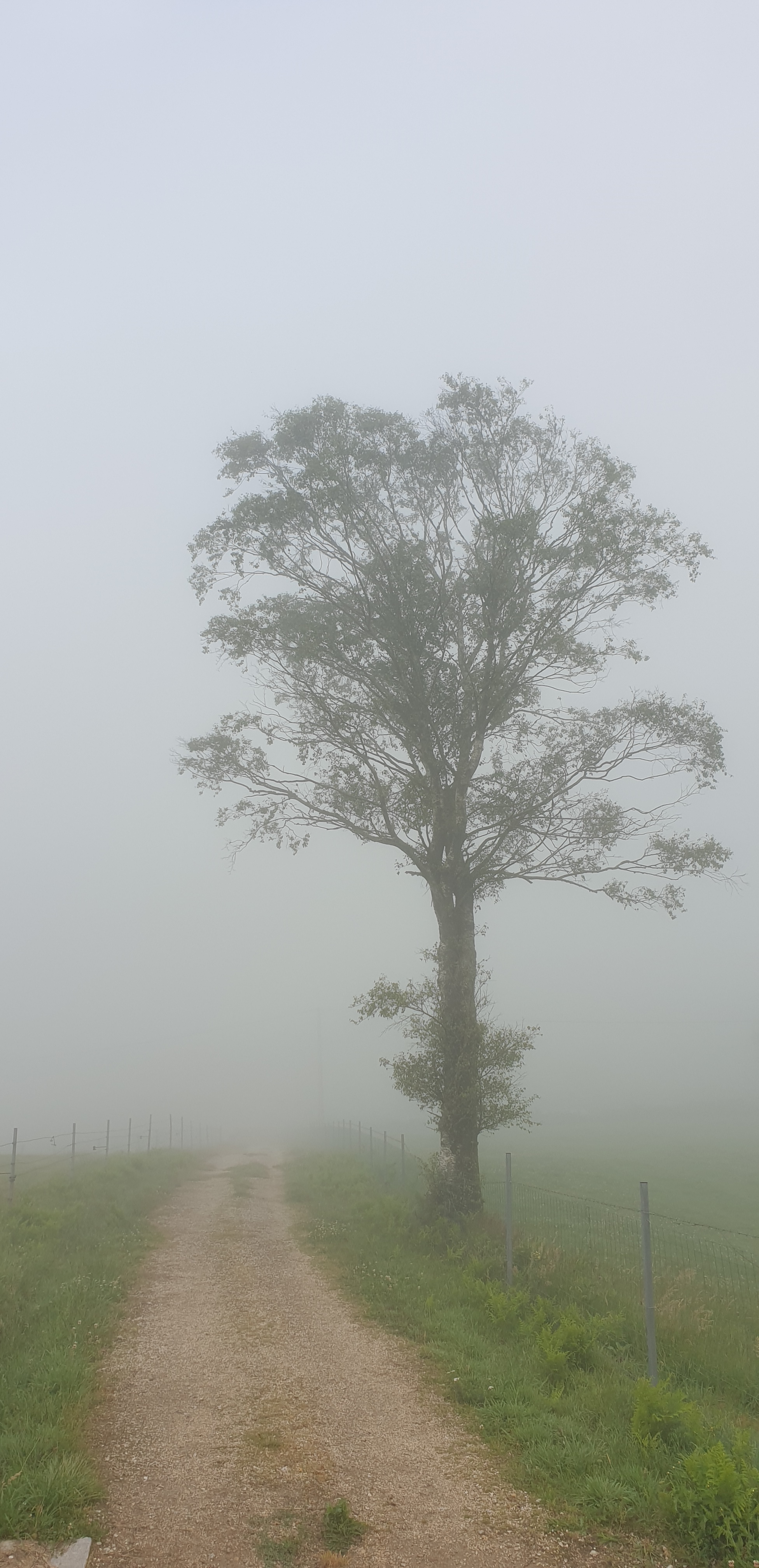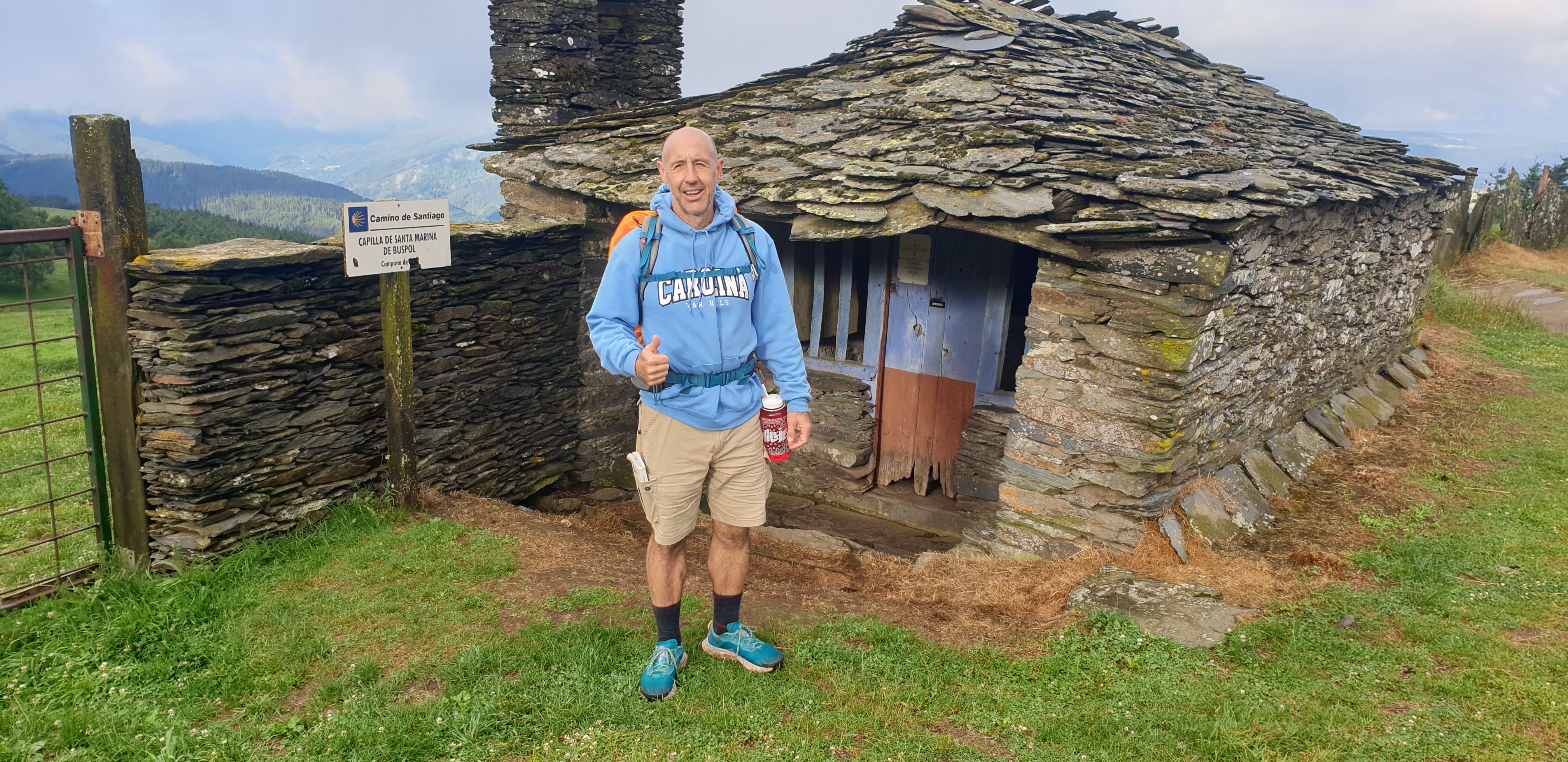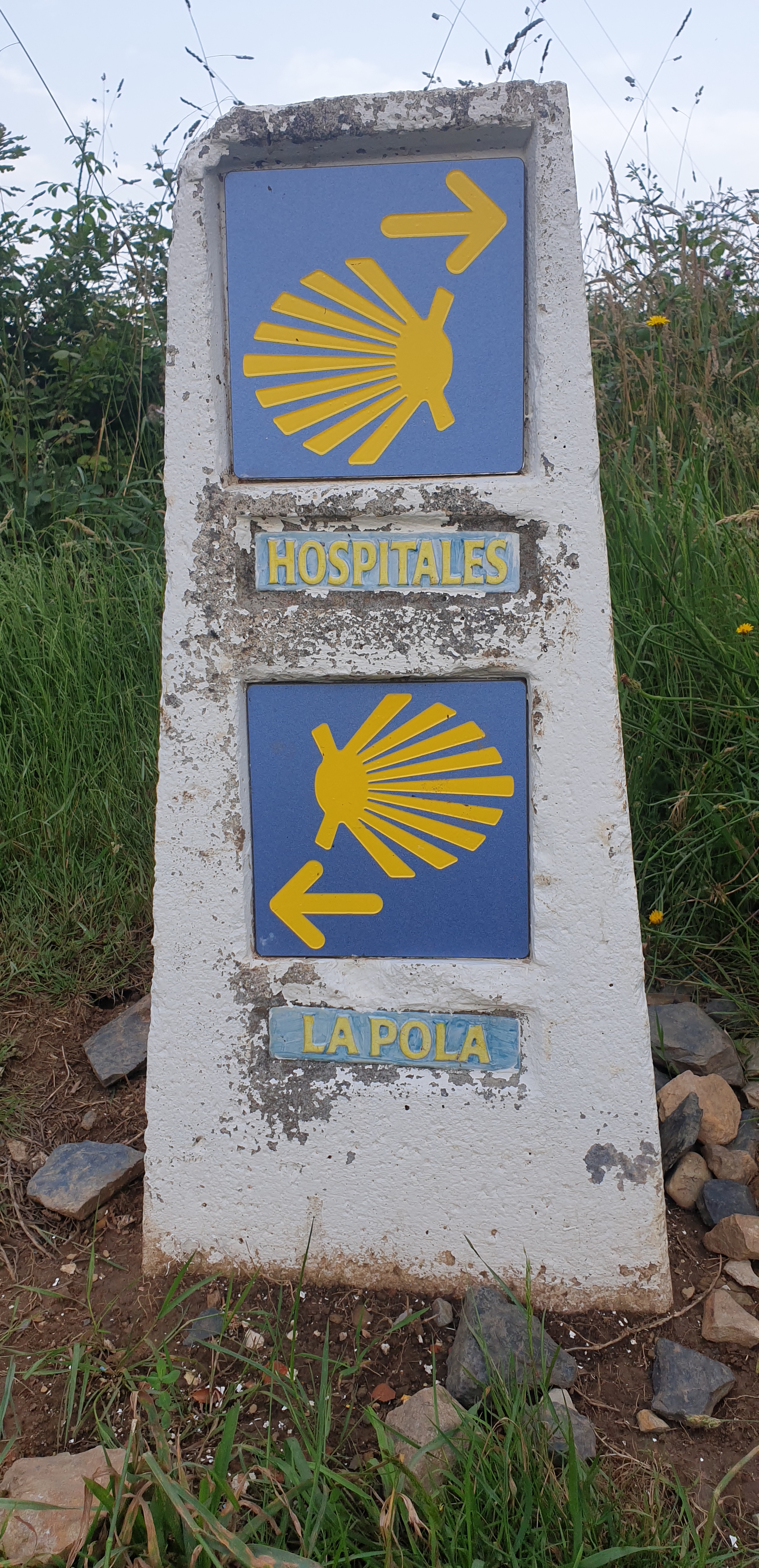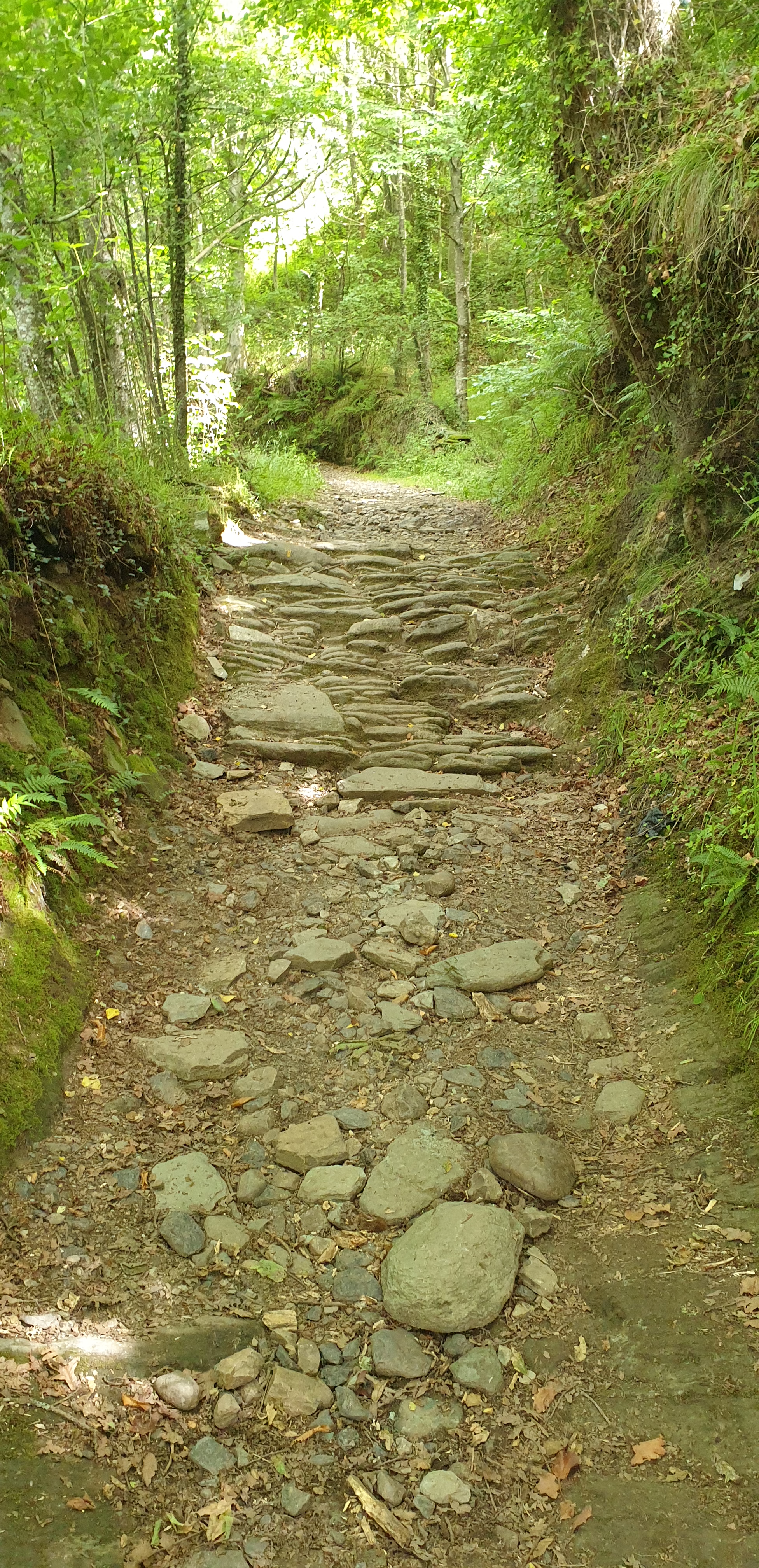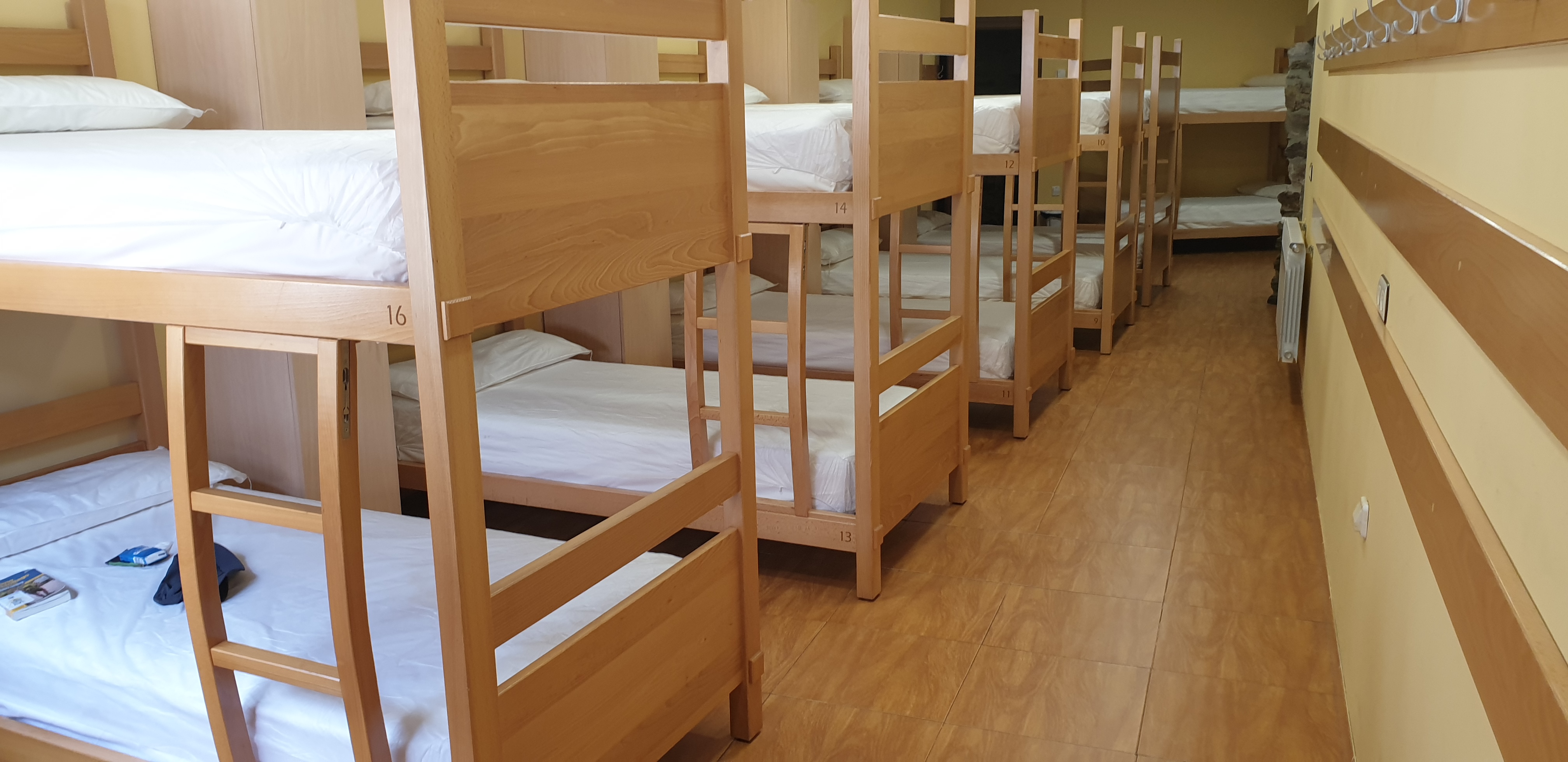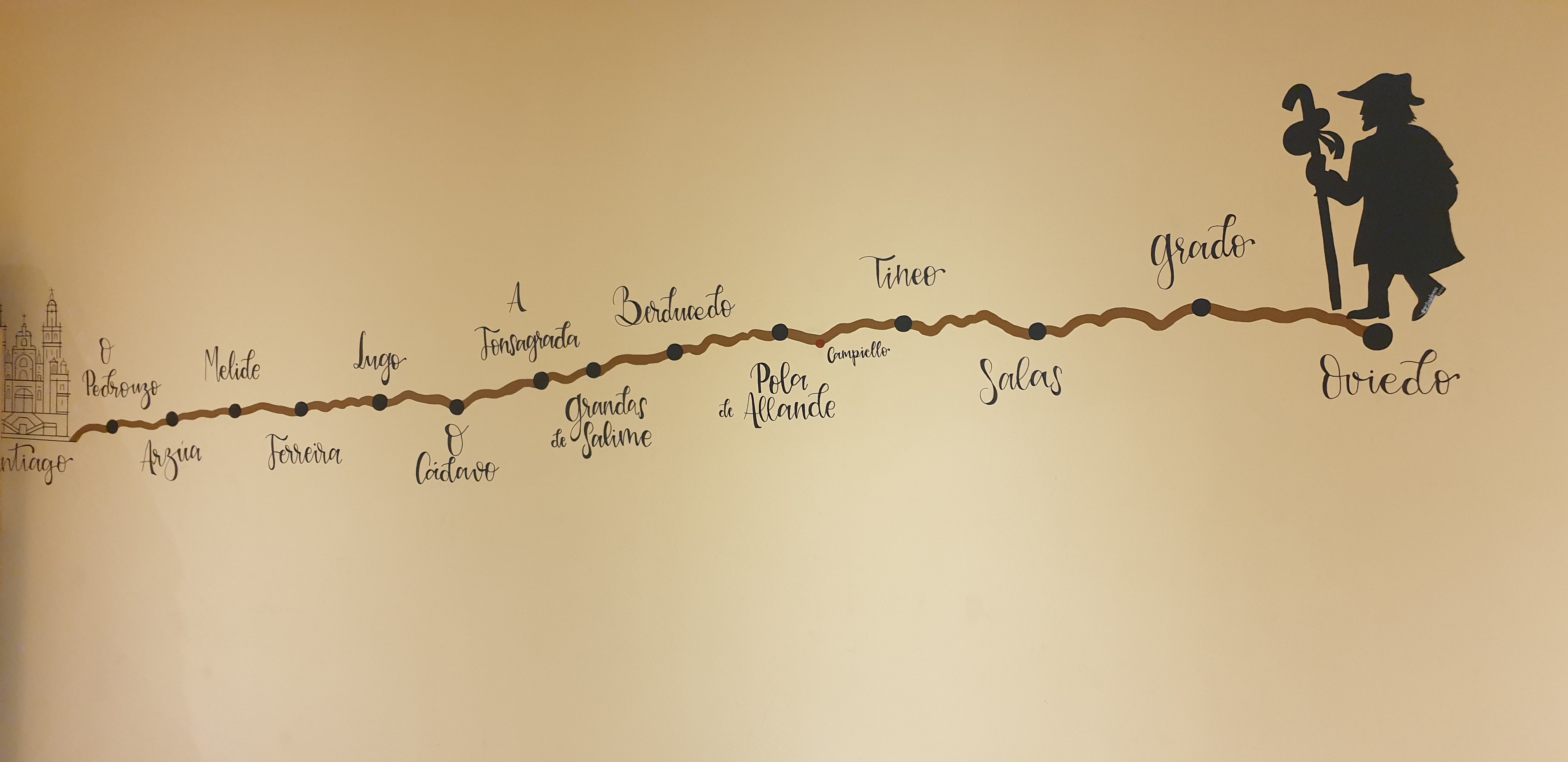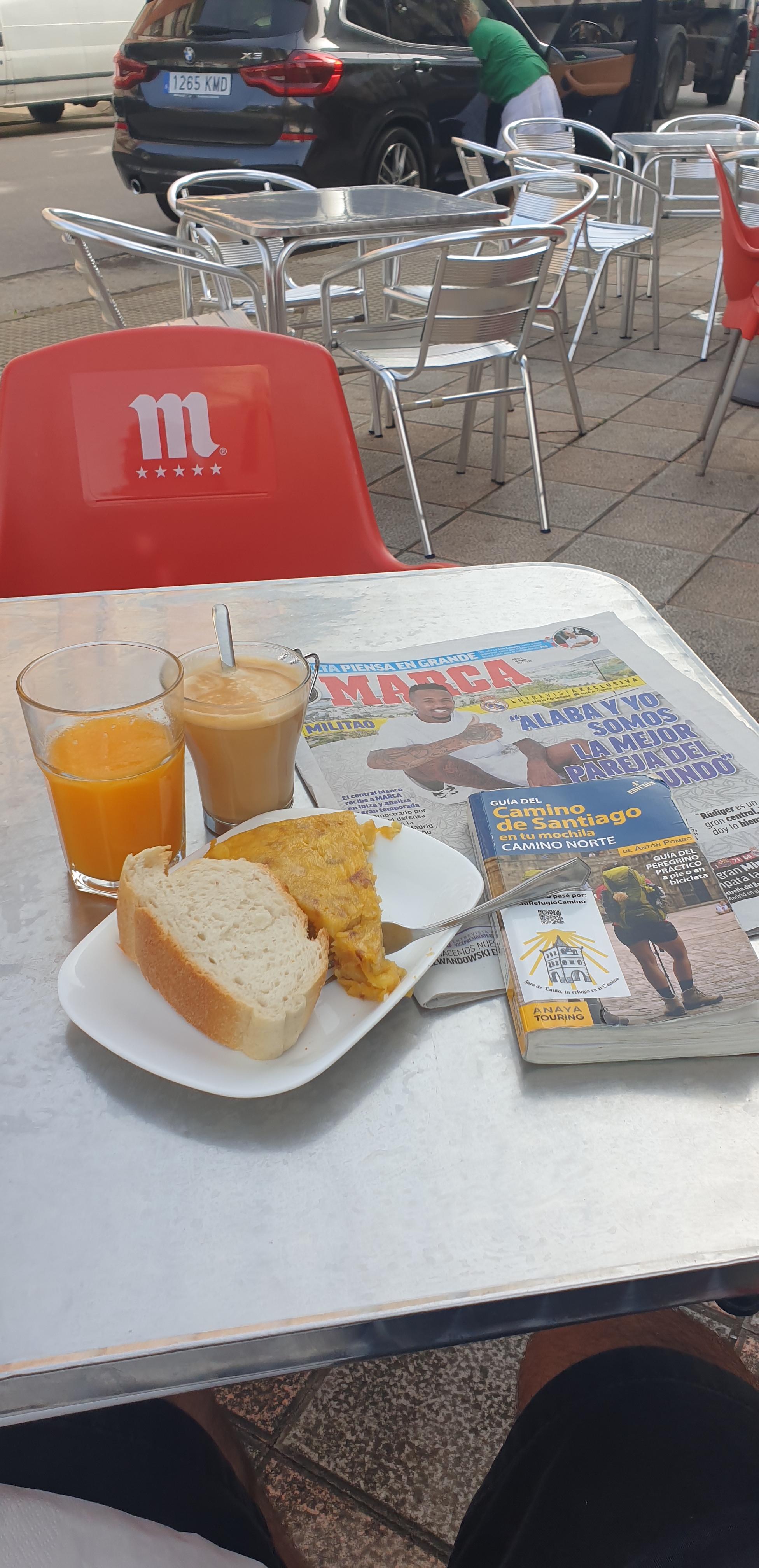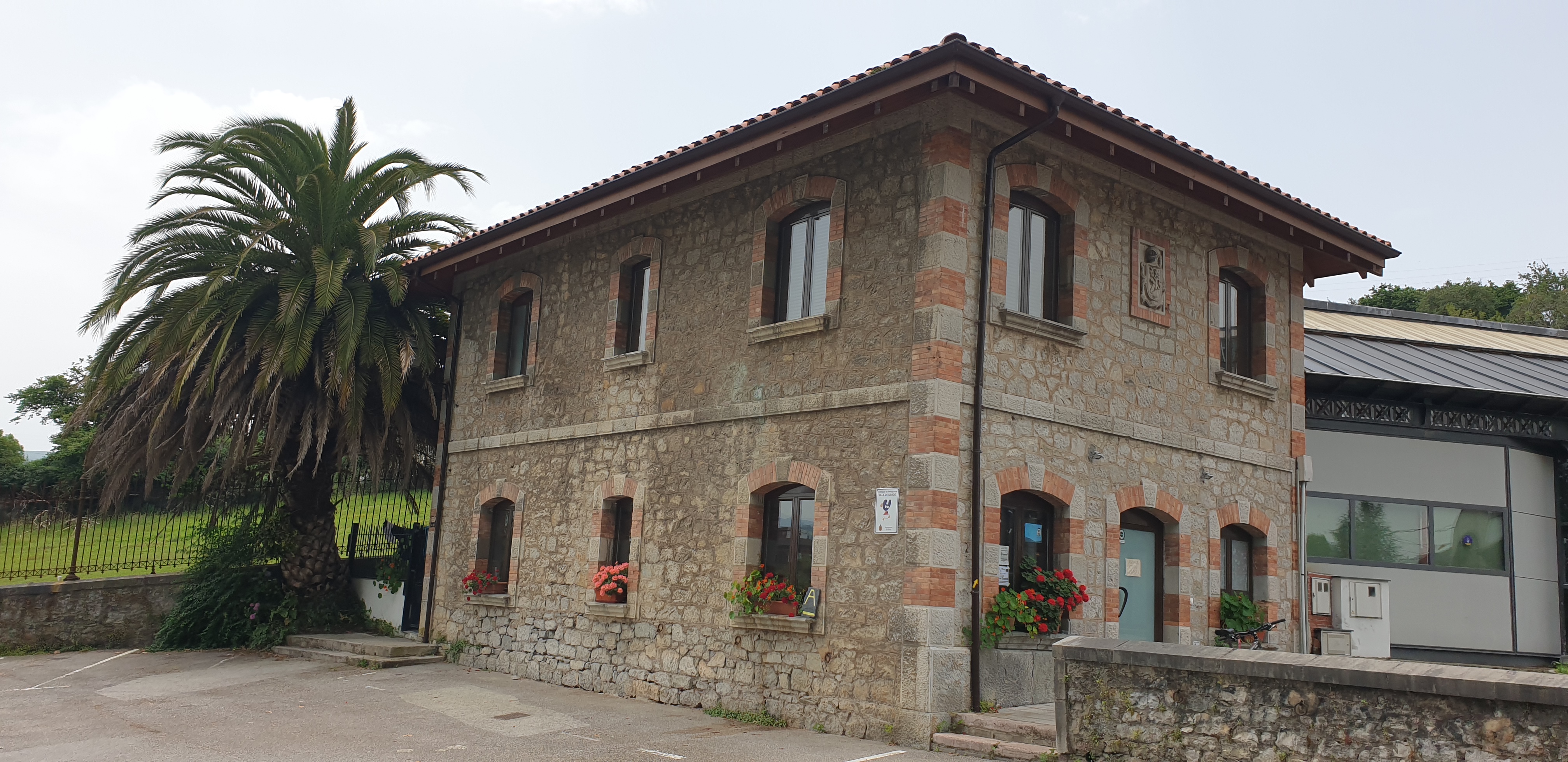One of the key skills one must have in life is to master the art of cut and paste. This year I decided to share my opinion of the albergues I stayed at, so before putting them up on Google or whatever, here they are. I like to stay in public albergues whenever possible, but sometimes my daily stage did not finish at a village with a public albergue, so I stayed private. I only saw one parochial / church albergue housed in the monastery at Cornellana, but my daily stage did not stop there.
Oviedo
This albergue which is run by the Asociación de amigos del Camino Astur-Leonesa is housed in the old seminary. So basically, it is a plug and play albergue, the infrastructure is all there, all that is missing is the future priests cramming for their Theology exams! The rooms house 2 bunk beds and are equipped with lockers and a handy sink in which to brush your teeth! Oh, and it is right downtown, so you are literally steps away from the Cathedral and the old part of town, right where the Camino starts. I shared a room with Vicente from Valencia whom I would continue bumping into throughout my Camino.
Grado
The public albergue is run by volunteers of the International Fraternity of the Camino de Santiago and it is housed in the old horse auction building – which explains all the iron rings attached to the wall next to the building. But do not fret, it was remodeled in 2016. It was a great little albergue, and the volunteer hospitalario Guy was great!


La Espina – El cruce (Private)
This is as basic and as homey as it gets. It is run by Carmen who had a space above her tiny supermarket and opened an albergue! It has one room with 10 beds which I shared with three American teachers. The village is pretty basic, so it comes in handy that there is a supermarket below the albergue where you can buy groceries and make your own dinner! Apparently, this is a good place to stop if you are planning to take the “Hospitales” variant (which coincidentally I did).
Campiello – Casa Ricardo (Private)
This has to be one of the top albergues I have ever stayed in! it is a restored farmhouse with great facilities: kitchen, bathrooms, patio and a great restaurant/bar and supermarket on the other side of the road. The sleeping room is relatively big but with brand new bunks and exposed stone walls it offered a great night’s sleep.

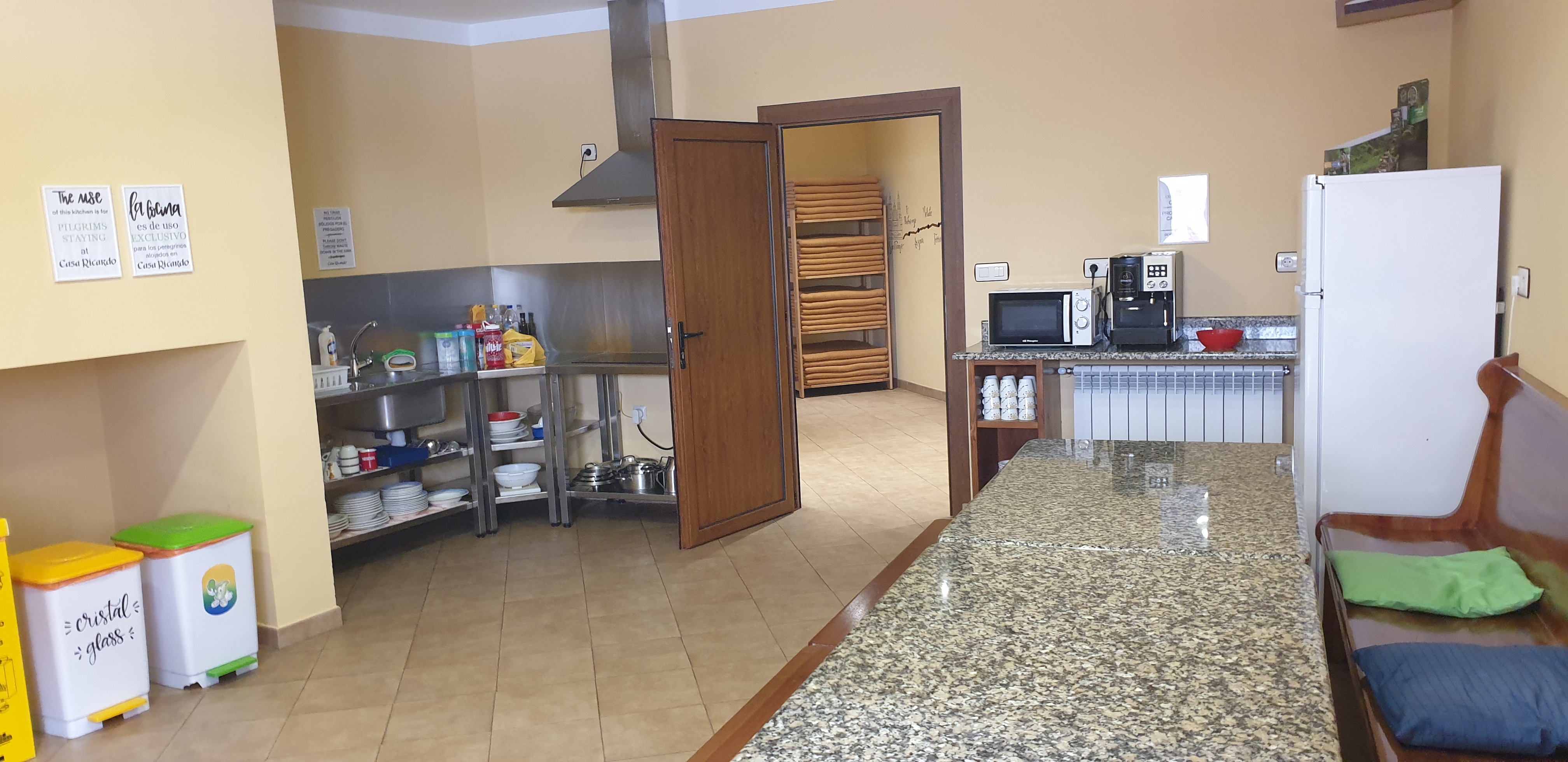

Berducedo – Camino Primitivo (Private)
After the exhausting (but highly recommended Hospitales variant) I unfortunately skipped the municipal albergue (there had been rumors on the Camino that there was a lack of beds in Berducedo) to go to the private Camino Primitivo . Camino Primitivo was a horrible experience despite good facilities, a despicable albergue only focused on squeezing every last euro from the pilgrim. You cannot order a la carte for lunch, you have to order the full 20 Euro menu (which was good, but way more than what I wanted), when I had an issue with other pilgrims over the washer/drier they did nothing to help our situation and worst of all: they had just done a fly treatment and the whole albergue was full of dead flies -and they did nothing to clean them up. The owner was simply rude, so I refused to stay there for dinner and went to the lovely Araceli instead where I chatted with a bicycle pilgrim (if such a thing still exists) and had a great meal.
Castro – Albergue Juvenil de Castro
This restored schoolhouse run by a lesbian collective was a great acquittal of the Berducedo fiasco. These women were generous, funny, hospitable, and when I told them a sad story (they asked for it), affectionate. I loved it. They also had a simple but delicious “meal plan”: they had a refrigerated showcase full of prepared foods; if you order a small plate you can choose two foods and it costs 3 Euro, the big plate with up to three combinations, 5 Euro. It was freezing that evening, so I had a big plate of spaghetti Bolognese. I loved my stay there.



Vilardongo – O Piñeiral (Private)
Another private choice, but what a place! This is a luxury albergue with amazing facilities (at regular albergue cost) each bunk bed has a little curtain to separate it, and since the place did not fill up and nobody came above me, I had a bit of a private “suite” for the night –nice!! The food was excellent, and they even had a little room with a yoga mat, where I was able to do some much needed yoga.



Castroverde
This is a Xunta de Galicia (i.e., public) albergue and it was impressive! Modern installations in a minimalist setting. It even has a stream running through the back yard where I was able to dip my legs to rid them of 8 hours of hiking worth of inflammation! Public albergues lack kitchen equipment to encourage you to eat in the village which I did for lunch, but a classic tuna empanada (pie) was the perfect dinner, and it needed no cooking!
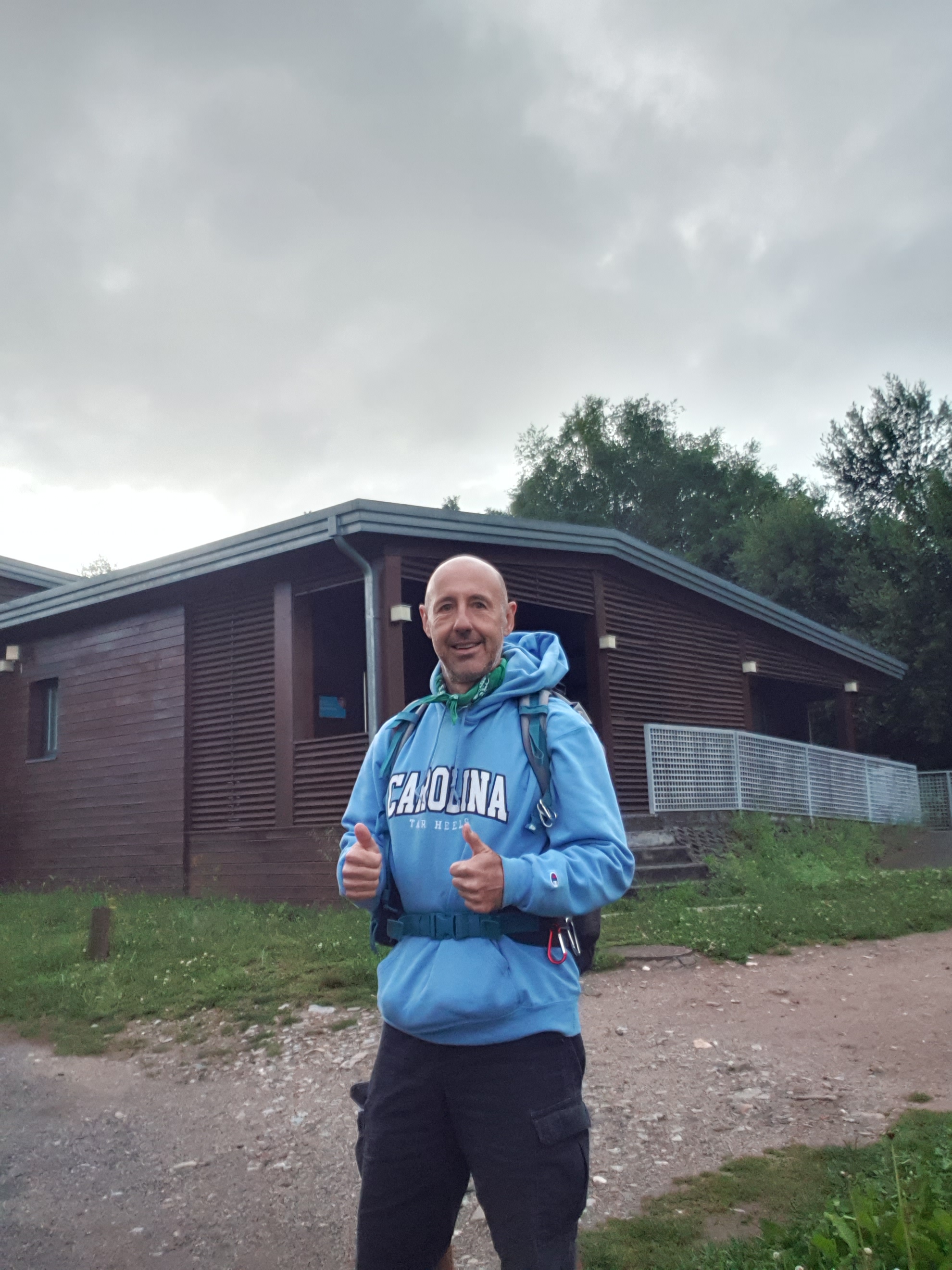

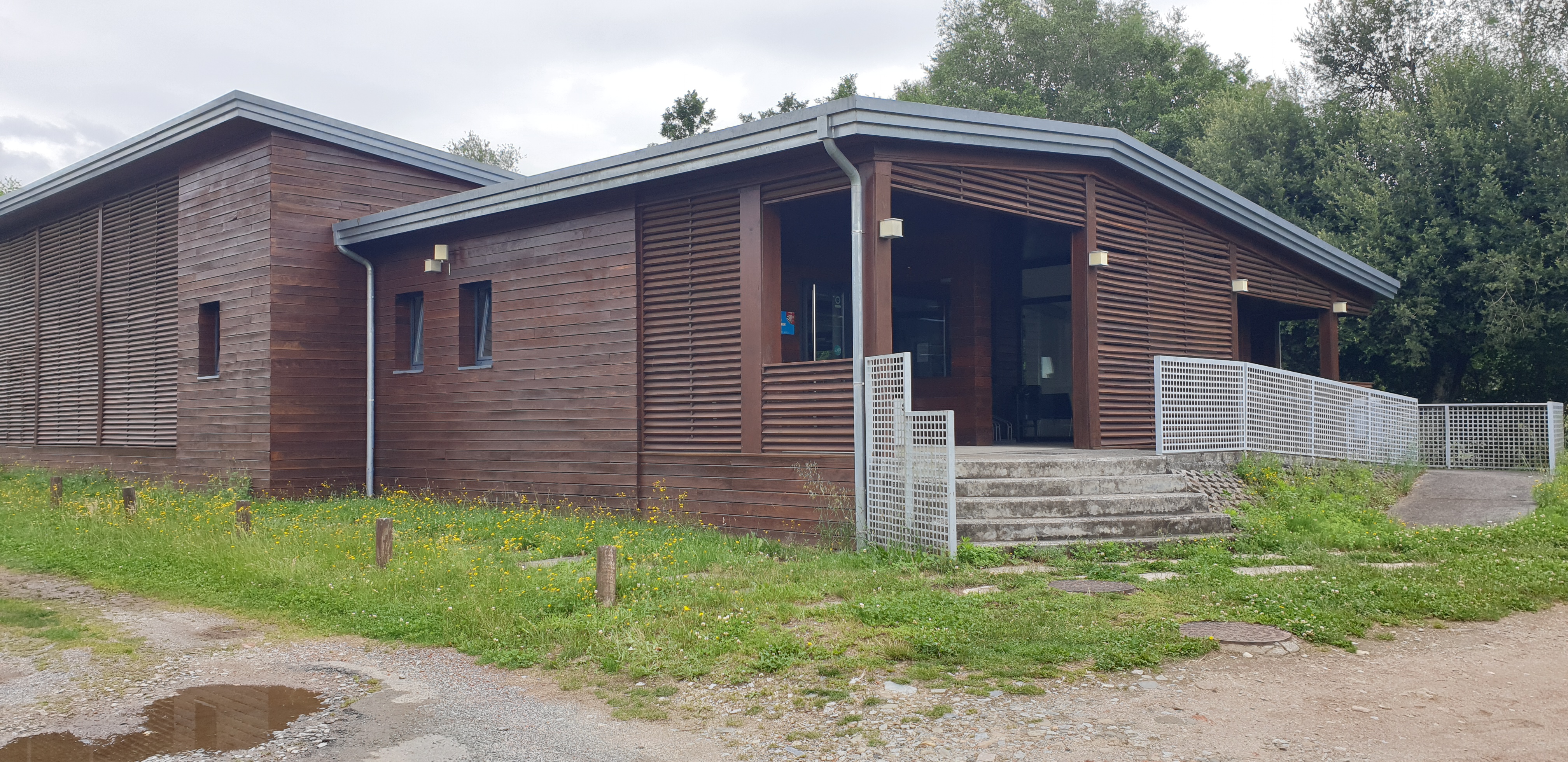
Guntín
This might be the smallest albergue in the Xunta’s portfolio, only 12 beds! It is so small; the bathroom and showers are in a modern annexed outhouse! This albergue is literally in the middle of a forest but fortunately there is a great private albergue, O Candido across the trail. The exposed wooden beams in the ceiling really made this a rustic experience!



Boente – Albergue Boente (Private)
Once you merge into the last 100 km of the French Way, there are plenty of albergues. Pro tip: if you are a seasoned pilgrim doing more than the last 100km, try to stagger your stages so you only walk with the turistas for a few hours in the morning. What I mean by stagger is that you do not sleep in the main recommended end-of-stage towns. By doing this, you get a few quiet hours in the morning (the day trippers don’t get up early) and quiet afternoon. Boente is 6 km away from Melide, and it is far away enough that I had the albergue all to myself!! It also had a tiny, freezing pool where I had a quick dip to remove inflammation.


Monte do Gozo
This is the largest albergue in the Xunta’s portfolio, only 5 km to Santiago. It has 400 beds in a number of pavilions that are opened as needed. They only had one opened when I arrived, exhausted from a 42 km day. It is a Xunta albergue, so it is fairly standard and basic. Since the Monte do Gozo is a massive complex with an open-air auditorium, a private hostel concession, etc., there is a big industrial brewery where I had a great meal -and a beer! Before hitting Santiago the next morning!






